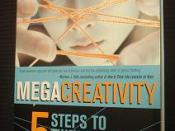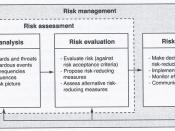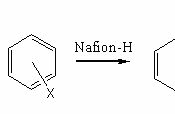Strategic Management Journal Strat. Mgmt. J., 25: 1155-1178 (2004)
Published online in Wiley InterScience (www.interscience.wiley.com). DOI: 10.1002/smj.421
HUMAN CAPITAL AND LEARNING AS A SOURCE OF SUSTAINABLE COMPETITIVE ADVANTAGE NILE W. HATCH* and JEFFREY H. DYER * Marriott School, Brigham Young University, Provo, Utah, U.S.A.
This paper seeks to identify the sources of wide and persistent variations in learning performance in the semiconductor manufacturing industry. In the resource-based view of the firm, human capital is frequently assumed to contribute to competitive advantage due to its inimitability based on its intangible, firm-specific, and socially complex nature. Consistent with this view, we find that investments in firm-specific human capital have a significant impact on learning and firm performance. More specifically, human capital selection (education requirements and screening), development through training, and deployment significantly improve learning by doing, which in turn improves performance. However, we find that acquiring human capital with prior industry experience from external sources significantly reduces learning performance. We also find that firms with high turnover significantly underperform their rivals, revealing the time-compression diseconomies that protect firm-specific human capital from imitation. These results provide new empirical evidence of the inimitability of human capital. Copyright ï 2004 John Wiley & Sons, Ltd.
INTRODUCTION
The resource-based view of the firm seeks to explain sustained differences in firm performance by identifying differences in firm resources. A firm with resources that are valuable and rare may generate a competitive advantage over its rivals, thereby resulting in superior financial per- formance (Barney, 1991; Conner, 1991; Mahoney and Pandian, 1992; Peteraf, 1993; Wernerfelt, 1984). For a firm to sustain its competitive advan- tage, the resources must also be inimitable and non-substitutable to prevent rivals from replicat- ing the value of the resources and competing away
Keywords: human capital; learning; resource-based view; knowledge management *Correspondence to: Nile W.


